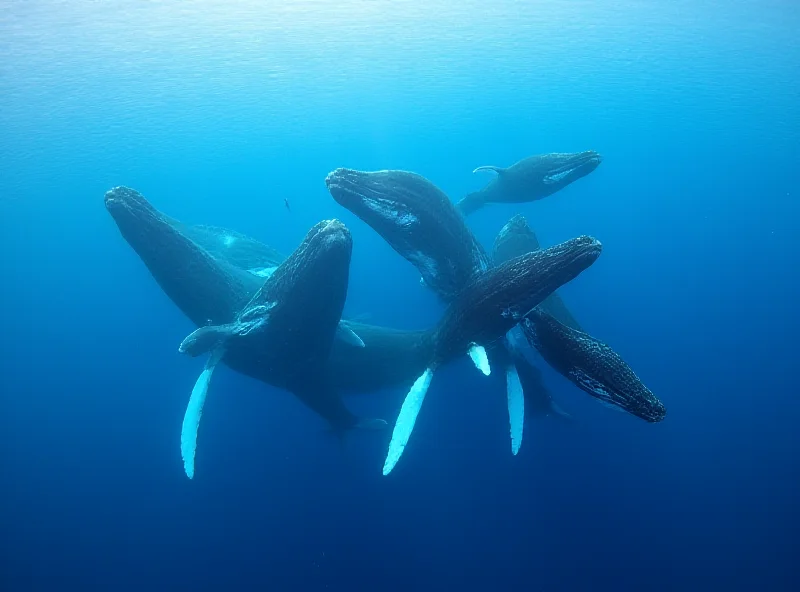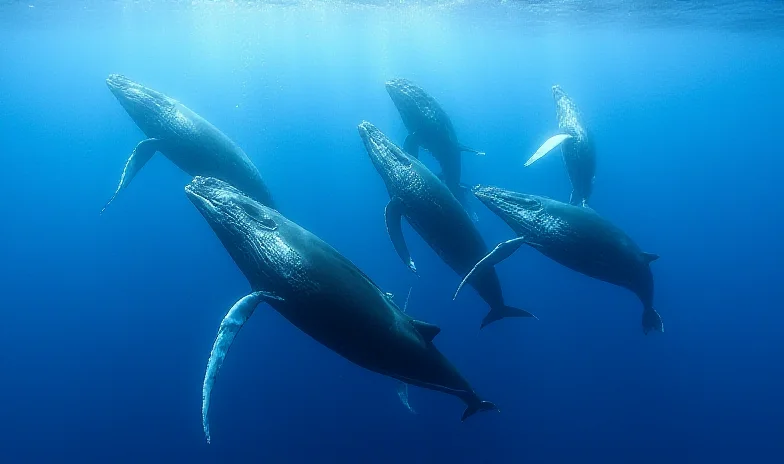Science continues to surprise and intrigue, offering glimpses into the natural world and the history of humanity. From the depths of the ocean to the faces of our ancestors, recent discoveries are shedding light on long-standing mysteries.
The Enigma of Whale Sleep
How do whales sleep? It's a question that might seem simple, but it has puzzled scientists for years. Unlike humans, whales can't simply drift off to sleep without consequences. They need to surface to breathe. So how do these massive marine mammals get their rest?
Scientists are still working to fully understand the process, but they believe whales engage in a form of unihemispheric sleep, where one half of their brain rests while the other remains alert. This allows them to continue breathing and stay aware of their surroundings. It's a fascinating adaptation that highlights the incredible complexity of marine life. 
Alexander Graham Bell: More Than Just a Telephone
Alexander Graham Bell, born in Edinburgh, Scotland, in 1847, is best known for inventing the telephone. But his contributions to communication extend far beyond that single invention. Bell came from a family deeply involved in the science of communication. His father, Alexander Melville Bell, was a speech therapist who developed "Visible Speech," a phonetic system designed to help deaf people communicate.
His grandfather was also a speech expert, and his mother, Eliza Grace Symonds Bell, was deaf. This family legacy profoundly shaped Bell's fascination with sound and communication. His work on Visible Speech and his deep understanding of acoustics paved the way for his groundbreaking invention that connected the world. "The telephone is a tool that has revolutionized communication," says Dr. Emily Carter, a historian of science.
Unveiling the Face of the Past
Modern technology is allowing us to connect with the past in unprecedented ways. Recently, archaeology student Amber Manning used advanced techniques to reconstruct the face of a woman who lived 2,000 years ago. Known as the "Kimmeridge Woman," her skull was discovered alongside the remains of a baby in Dorset, England.
The reconstruction provides a remarkable glimpse into the life of this Iron Age woman, believed to have been part of a tribe living in the region. It serves as a powerful reminder of the human stories embedded within archaeological discoveries. 
Wolves and Dogs: A Shared History
A study by the CSIC (Spanish National Research Council) has revealed fascinating insights into the genetic history of the Iberian wolf. By analyzing 150 genomes, researchers discovered evidence of interbreeding between wolves and dogs dating back 10,000 years. This crossbreeding has contributed to the unique genetic makeup of the Iberian wolf, distinguishing it from other wolf populations.
This discovery sheds light on the complex evolutionary relationship between dogs and wolves and provides valuable information for conservation efforts aimed at protecting this iconic species. 
These are just a few examples of the exciting scientific discoveries being made every day. From unraveling the mysteries of whale sleep to uncovering the faces of our ancestors, science continues to illuminate the world around us.
